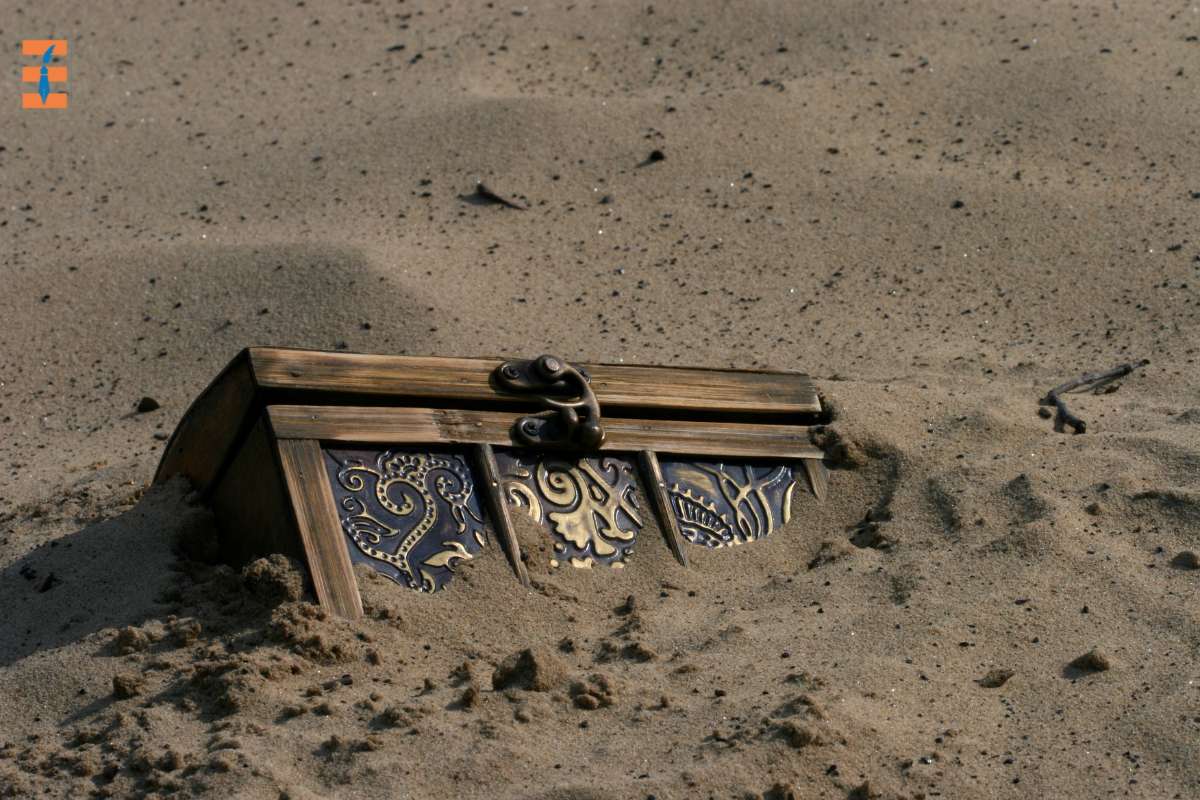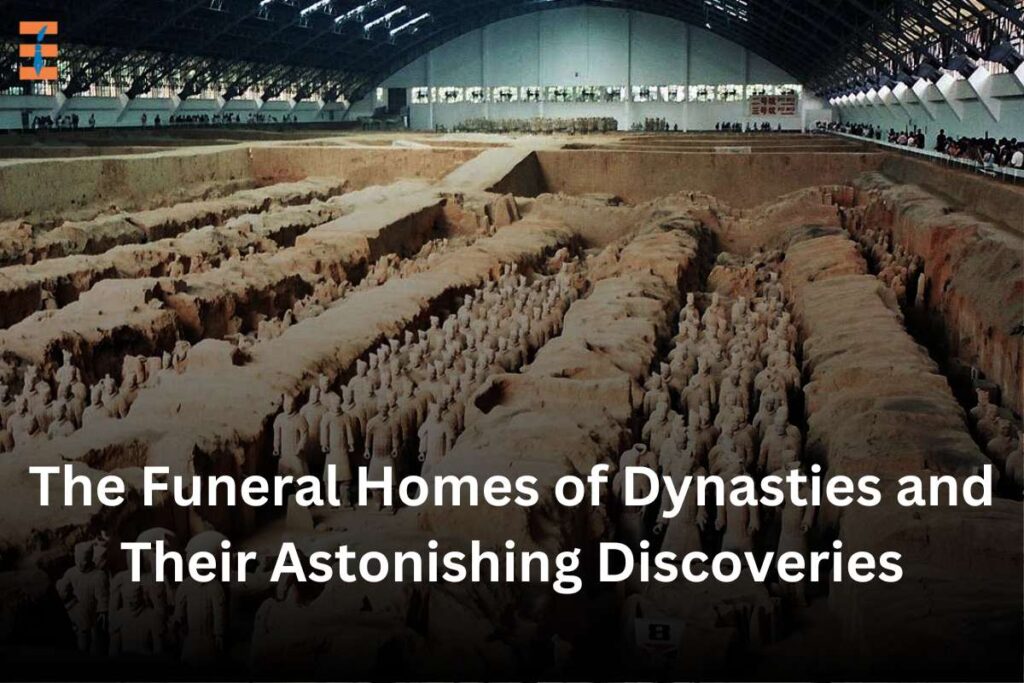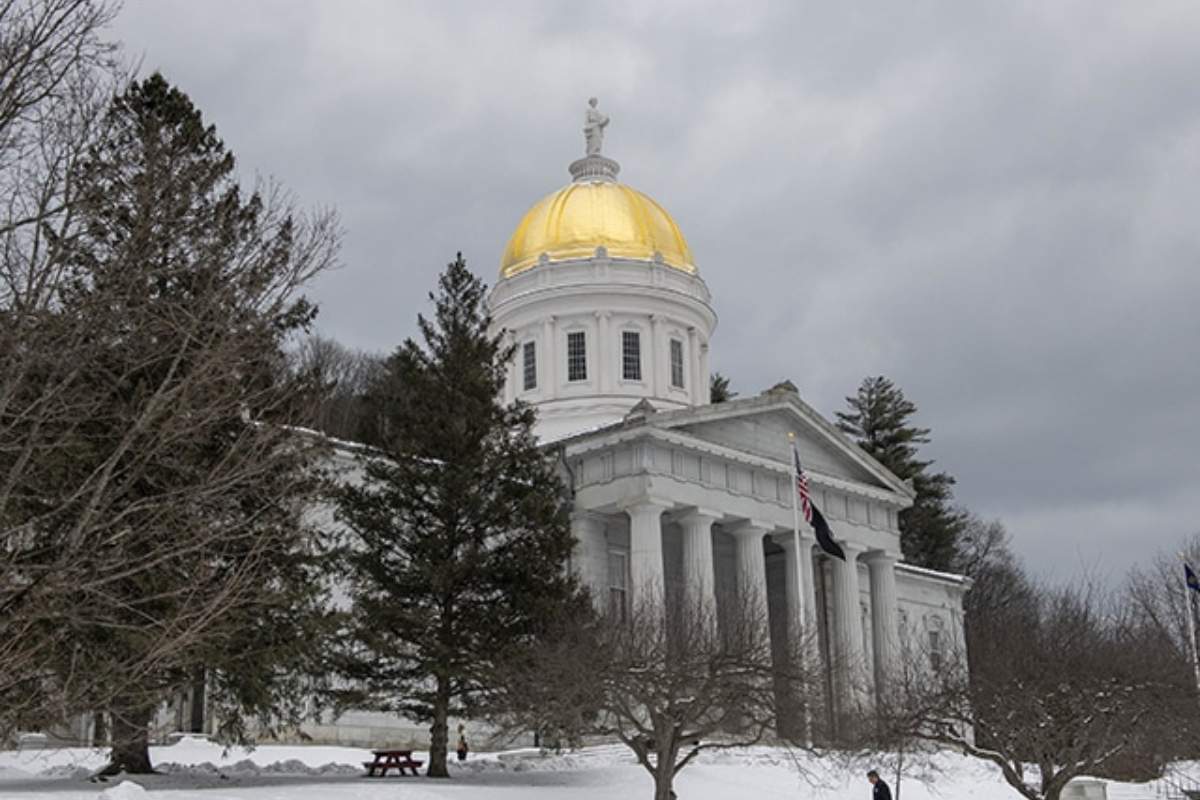Since the ancient period, funeral homes have been serving different generations and witnessing the passage of time in addition to preserving the legacies and memories of countless individuals. On the other hand, there are few funeral homes in history, that have performed unique roles for royal people as well as common folk. They were the places of mourning for the death of someone they loved and possessed some unique stories as custodians of the secrets of dynasties. If they could talk, they could give you detailed information about what had happened in the era of the particular dynasty. In this article, you get a chance to explore the exciting information about various funeral homes and their astonishing discoveries.
The Chronicles of the Funeral Homes:
1. The House of Ming: Unearthing Imperial Treasures

In the heart of Beijing lies the Babaoshan Revolutionary Cemetery, an unassuming burial ground that has preserved the remains of some of China’s most significant historical figures. Among these are members of the Ming Dynasty, a ruling house that left an indelible mark on Chinese culture. Over the centuries, funeral homes associated with this dynasty have been instrumental in unearthing imperial treasures, from delicate porcelain artifacts to intricate silk robes. These discoveries have enriched our understanding of the opulent lifestyles and artistic achievements of the Ming rulers.
2. The Pharaohs of Egypt: Tombs That Unveil Ancient Wonders
Egyptian funeral homes have revealed some of the most awe-inspiring secrets of human history. The tombs in the Valley of the Kings and the pyramids have offered tantalizing glimpses into the lives of the pharaohs and their enduring quest for immortality. Hieroglyphics, artifacts, and mummified remains have provided archaeologists with invaluable insights into ancient Egyptian customs, spirituality, and craftsmanship.
3. The European Nobility: Intriguing Tales from Royal Crypts
Europe boasts an array of majestic royal crypts, including the Habsburg Imperial Crypt in Vienna and the Capuchin Crypt in Rome. These somber resting places have yielded not only the mortal remains of monarchs but also captivating discoveries. From elaborate crowns and jewelry to cryptic inscriptions, these funeral homes have unlocked stories of power struggles, romances, and rivalries that have shaped the continent’s history.
4. The Land of the Pharaohs: A Glimpse into Ancient Egypt

Egypt has been a treasure trove for funeral homes, and Saqqara is a standout example. This vast necropolis contains an astonishing array of burial sites, including the famous Step Pyramid of Djoser. Funeral homes in Saqqara have unearthed remarkable artifacts, statues, and hieroglyphic inscriptions that have illuminated the lives of ancient Egyptians. The significance of these discoveries extends beyond the pyramids, offering a more comprehensive understanding of Egyptian society, medicine, and religion.
Historical significance of funeral homes
The historical significance of funeral homes spans across different cultures and periods, playing a crucial role in preserving and reflecting various aspects of human history. Here are some key points highlighting their historical significance:
1. Cultural and Religious Practices
Funeral homes have served as spaces where cultural and religious funeral rituals and traditions are observed and passed down through generations. They provide a physical location for ceremonies, prayers, and customs that are deeply rooted in cultural and religious beliefs.
2. Archaeological Insights
Burial sites and funeral homes have offered valuable archaeological insights into ancient civilizations. They provide a wealth of information about the social structure, beliefs, and customs of bygone eras. Archaeologists often discover artifacts, inscriptions, and human remains in these locations, shedding light on the lives of people who lived centuries or even millennia ago.
3. Documentation of Genealogy
Funeral homes often maintain detailed records of burials, providing an essential resource for genealogists and historians. These records can help individuals trace their ancestry and uncover family histories.
4. Artistic and Architectural Heritage
Many grand funeral homes and mausoleums are renowned for their architectural beauty and artistic craftsmanship. They serve as living examples of architectural styles and artistic expressions prevalent during the time of their construction.
5. Reflection of Social Norms

Changes in the design and practices of funeral homes over the centuries reflect evolving social norms and attitudes toward death and mourning. For example, Victorian-era funeral homes emphasize elaborate mourning attire and rituals, while modern funeral homes often embrace more personalized and secular approaches.
6. Documentation of Epidemics and Disasters
Funeral homes have played a significant role during epidemics and natural disasters by providing temporary morgues and coordinating burials. Records from such periods offer insights into the challenges and responses of communities during times of crisis.
7. Preservation of Memory
Funeral homes help preserve the memory of individuals and events of historical significance. They serve as places where eulogies, obituaries, and memorial services contribute to the collective memory of a community or society.
8. Cultural Diversity and Global Traditions
The diversity of funeral customs and practices around the world is reflected in the services provided by funeral homes. They showcase the rich tapestry of global cultures and traditions related to death and remembrance.
9. Educational Resources
Funeral homes often host educational programs and exhibitions that promote understanding and awareness of cultural, historical, and medical aspects of death and bereavement.
In essence, funeral homes serve as repositories of human history, cultural heritage, and the collective memory of societies. Their historical significance lies in their ability to bridge the gap between the past and the present, offering insights into the diverse ways in which people have approached death, mourning, and remembrance throughout history.
Conclusion
In summary, we want you to understand how various repositories of the world are departed and how funeral homes have assumed distinct functions. In the process of knowing their history, you should focus on the kind of legacy they are leaving behind across the globe. With the help of careful preservation and exploration of such historical sites, you can rejuvenate the stories associated with them. After visiting hallowed grounds, you should pay respect to the deceased and embark on a journey through time. We hope you enjoyed reading the article and understood the history behind it by knowing how important the role they played back in the past.
Also Read: Interesting Facts about the History of the Great Wall of China You Should Know










